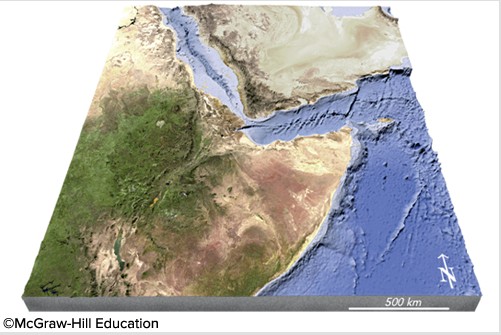How do dams facilitate the control of surface waters? What kinds of impacts do they have?
What will be an ideal response?
Dams can limit the flow of water, reducing the risk of flooding below the dam, and they provide reliable domestic and agricultural water supplies during the months with less precipitation, flat-water recreation, and hydroelectric power. Dams "have been built to run mills (now an obsolete usage), control floods, and provide water for municipal and agricultural use."
"Dams have enormous ecological impacts. When a river is dammed, valuable freshwater habitats, such as waterfalls, rapids, and prime fish runs, are lost. When the river's flow is diverted to cities or croplands, the waterway below the diversion is deprived of that much water. The impact on fish and other aquatic organisms is obvious, but the ecological ramifications go far beyond the river. Wildlife that depends on the water or on food chains involving aquatic organisms is also adversely affected. Wetlands occupying floodplains along many rivers, no longer nourished by occasional overflows, dry up, resulting in frequent die-offs of waterfowl and other wildlife that depended on those habitats. Fish such as salmon, which swim from the ocean far upriver to spawn, are seriously affected by the reduced water level and have problems getting around the dam."
You might also like to view...
Some products on the market today involving nanotechnology include
A. cosmetics. B. elevators. C. sunscreen. D. cars. E. all of the above
This is the least likely reason for the removal of carbon dioxide from the atmosphere:
A) leakage into space from the upper atmosphere. B) incorporation into solid material. C) dissolution into oceans, lakes, and rivers. D) dissolution into raindrops.
Define El Niño and Southern Oscillation and explain how they combine to affect weather in North America
What will be an ideal response?
Which of the following happened to form the features in this region?
A. continental rifting B. seafloor spreading C. formation of a continental hot spot D. volcanism that produced new land E. All of these choices are correct.